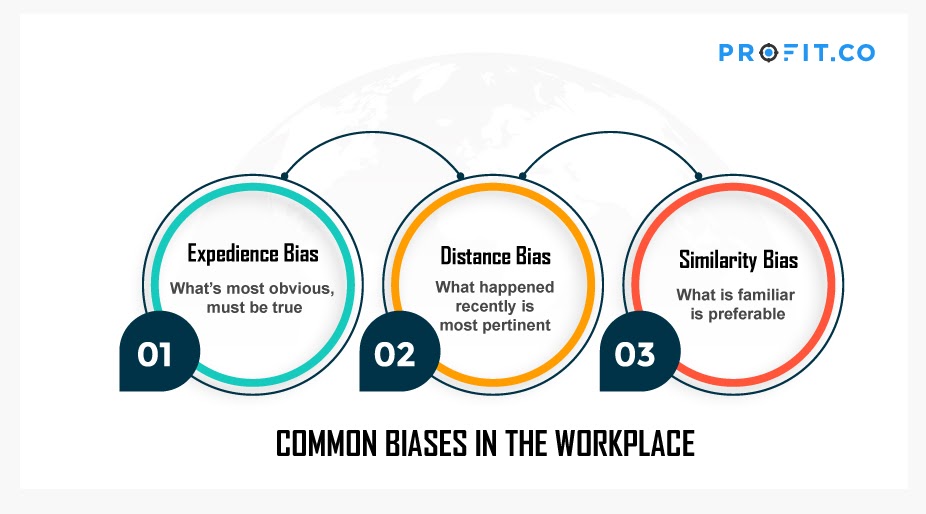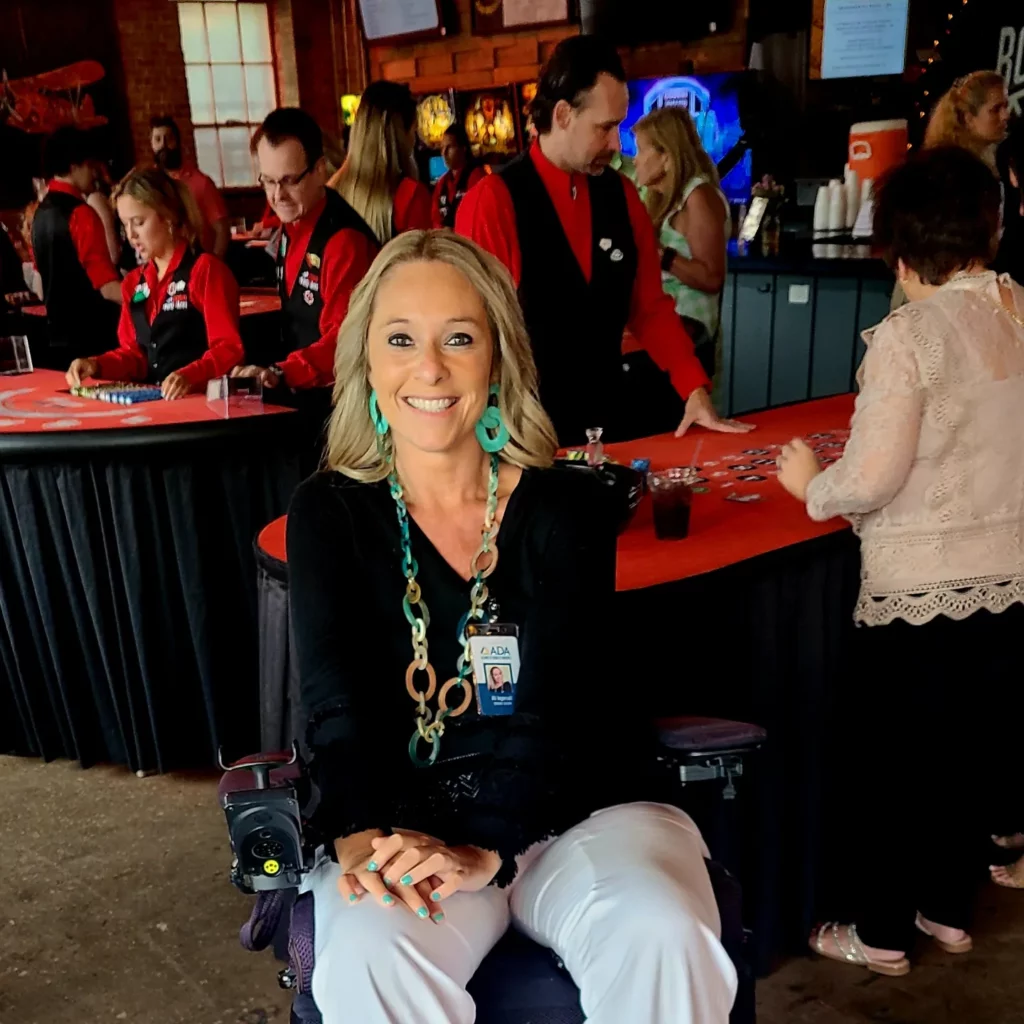
Over the last year I started to notice a shift in LinkedIn job postings, which seem to flood my inbox each day. I started to observe that many of these jobs are advertised as remote, but are really hybrid now.
I understand the importance of working in person for team building, but I have several friends with significant disabilities who are unable to leave their home for work say that the company they applied for would not consider remote work 100% anymore.
I then started critically thinking about equity vs. equality. I am just as efficient and effective in the virtual world and this is my form of independence. For many of us with disabilities, tech accessibility and employment equity are our connection to the outside world.
Just as the health insurance industry is moving backwards by slowly starting to discriminate against people with disabilities by reducing the number of in network providers; many employers, even if it’s unintentional, are discriminating against fully qualified candidates with significant disabilities who still need 100% remote work.

One size does not fit all. There need to be allowances made for reasonable accommodations. We need to think outside the box. If you want the best candidates as an employer, there’s going to have to be compromise on both sides.
DISTANCE BIAS – We prefer what’s close over what’s far away
Distance bias has become all too common in today’s hybrid world. When you are physically in a room with colleagues and remote colleagues call in via video platform – there is a tendency with this type of bias to prioritize what’s nearby. Often times, remote employees do not have the opportunity to speak or get left at arm’s length after meetings or don’t have a feeling of belonging. “Out of sight, out of mind.”

We can mitigate this bias through strategies such as allowing remote colleagues to speak up first, ask for feedback from the person farthest away from headquarters, or use a whiteboard to list who is on the phone/video component of the call, so no one is forgotten.
This is really concerning to me for the millions of Americans with disabilities who have worked very hard over the last few years with a complete change in a virtual/remote model of work. Independence through tech accessibility has come a long way. To organizational leaders — we need to consistently re-define, re-imagine, and make a new plan of action to accommodate employees who move, sense, think, and communicate differently. This is just one example.



